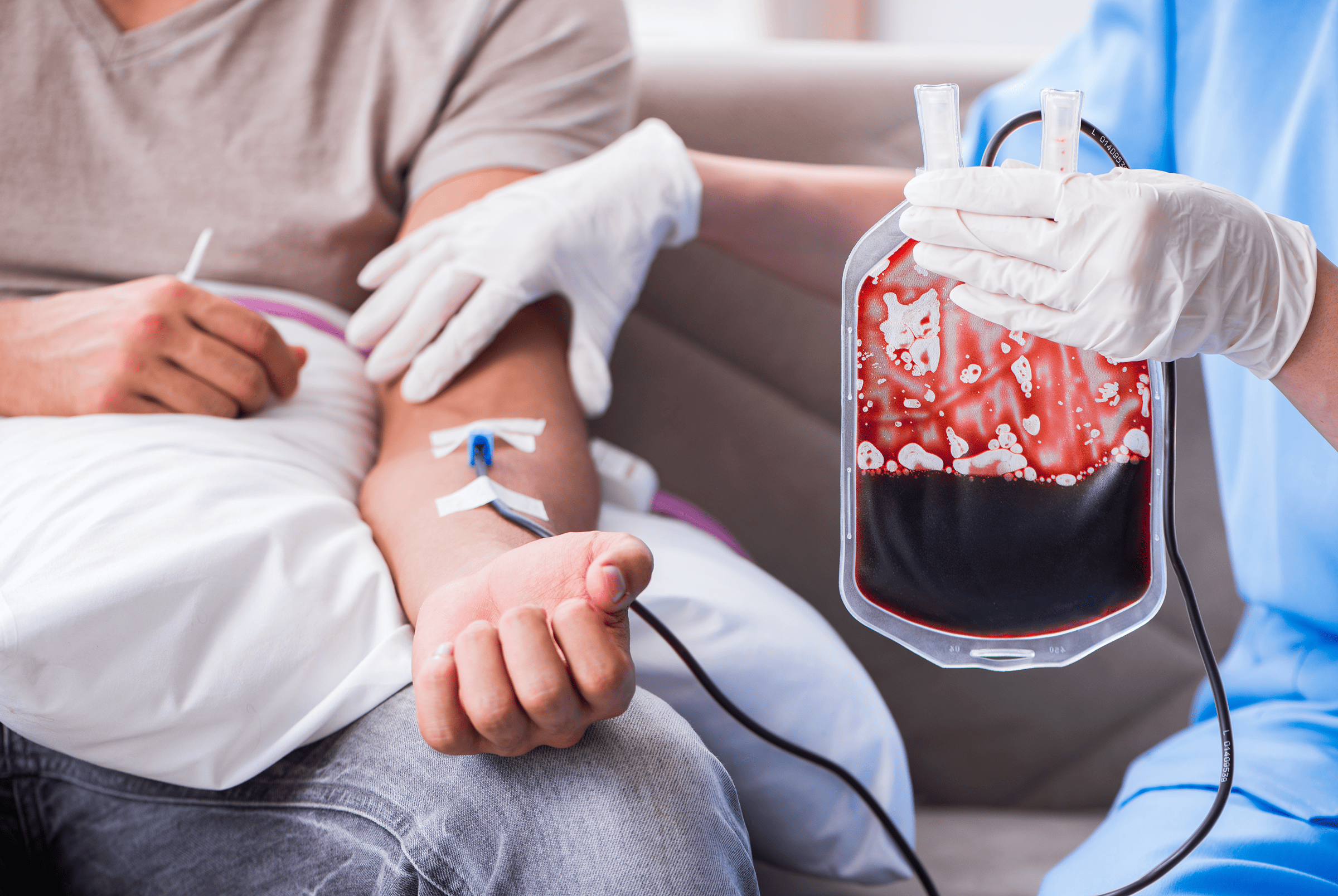
- A Guide to What AIDET Stands For
- What Is AIDET in Nursing?
- AIDET Meaning in Nursing: Another Rule or Convenient Tool?
- Evidence-Based Benefits of AIDET Communication
- What Are the Communication Skills of AIDET?
- When to Apply the AIDET Approach
- One AIDET Nursing Example in Practice
- AIDET in Nursing: Why Does It Work?
Why do communication practices receive so much attention in nursing education? Because communication in nursing is everything. Nurses serve as a communication hub. They act as the doctor’s extended arm, their eyes, and ears. Conversely, nursing indifference and negligence are among the most off-putting experiences in the patient’s journey. It can lead to serious consequences and further traumatize the patient. Patient’s safety, well-being, and positive experience are mostly the nurse’s responsibility.
That’s why communication skills are the nursing fundamentals. Let’s call them “background” skills since basic knowledge is more related to practical sciences. The article delves into the significance of effective nurse-patient interaction collected in the technique and answers, “What does AIDET stand for in nursing?”
A Guide to What AIDET Stands For
Let’s stop in more detail on the question, “What is AIDET in healthcare?” In essence, the AIDET stands for the specific structure a nursing professional may use in their communication with patients and their families. It was developed for optimizing the nurse-patient communication processes and outcomes in line with the professional nursing etiquette and ethics.
Therefore, the AIDET nursing protocol can help all parties establish effective communication, relieve anxiety, improve cooperation, and guarantee higher satisfaction with care quality among care recipients (patients and their families).
What Is AIDET in Nursing?
The AIDET acronym stands for one of the communication protocols aimed to provide a structure for nurse-patient interaction. The answer to “What is AIDET in Nursing?” lies in understanding its main principles. The framework aimed to keep patients informed and make them feel seen and heard. It stands for the five key communication behaviors creating positive care interactions:
A: Acknowledge. This means acknowledging a patient’s existence when you enter their room. How? Simply by greeting the patient by name.
I: Introduce. Patients in the hospital might get confused as several people come in and out multiple times during the day. It’s always good to know that the person who comes in the one is supposed to come in.
D: Duration. When nurses perform a procedure or any treatment, they must ensure that patients know about it. Patients need to know the exact duration of the procedure or visit timeframe and when they can count on the physician or receive lab test results.
E: Explanation. Nurses must thoroughly explain each step of the procedure to the patient. This step makes patients feel comfortable and informed of what is about to happen. Also, this part includes answering patients’ questions and letting the patients know how to contact them.
T: Thank you. Simply saying “Thank you” to patients for being patient and expressing gratitude for their cooperation makes patients feel more valued and heard.
Using this communication technique does not have to be scripted. Nurses can adapt this framework to their daily practice or customize it to their tone of voice.
AIDET Meaning in Nursing: Another Rule or Convenient Tool?
The nursing AIDET approach arose as a result of the growing recognition that clear interaction between nurses and patients is essential. Research shows the link between communication and the quality of patient care. At the same time, communication breakdowns are a common cause of unintentional patient harm. This approach was developed in response to the need for nurses to have a clear communication tool.
Patients want to be seen and valued. They especially hate feeling like just another number to hospital personnel. That’s why the level of nurse-patient communication directly impacts the patient’s perception of care and outcomes. It can also lead to trust failure and a lack of patient motivation to stick to the treatment plan and stay healthy. Thus, AIDET meaning in nursing acquires the features of an essential working communication tool.
Evidence-Based Benefits of AIDET Communication
Using AIDET nursing communication principles benefits nurses and healthcare facilities. The Studer Group developed and first introduced this verbal tool in 2005. Since then, the nurse-patient communication framework has become firmly embedded in everyday practice. Now, it’s one must-learn technique nursing students must master in American medical education.
Various studies have demonstrated the communication technique’s effectiveness multiple times. One compelling finding is the AIDET nursing example research, published on October 26, 2023. This study showed that nurses’ practical application of the communicative framework reduced the number of complaints and also had a positive impact on treatment outcomes.
What Are the Communication Skills of AIDET?
Implementing and actively using the AIDET communication framework requires specific skills from nurses.
- Empathy: The first and foremost specialist’s skill is understanding and sharing the patient’s feelings.
- Active listening: The ability to pay close attention to what patients are saying, both verbally and nonverbally.
- Respectful attitude: Treating patients with dignity and courtesy, even in challenging situations.
- Cultural sensitivity: Respecting patients’ cultural differences to provide them with the best possible care.
- Flexibility and adaptability: Working with multiple patients with various changing needs and conditions requires nurses to be prepared for anything and respond in a timely and kind manner every time.
Research shows that effective communication positively impacts patient attitudes and lowers patient anxiety. Patient overall satisfaction and trust are also tied to their good relationships with the assigned healthcare providers. That’s why it is crucial for nursing students to develop the interpersonal communication skills needed to implement the AIDET principles in their practice successfully.
When to Apply the AIDET Approach
AIDET is a method nurses should apply to their daily practice. Whether it is the initial patient visit, post-operative care, or the outpatient visit for the procedure, using the framework can put the patient at ease and create a positive environment. AIDET promotes effective communication throughout the patient’s care journey. It fosters trust, reduces anxiety, and improves patient satisfaction.
One AIDET Nursing Example in Practice
There’s one example of AIDET in nursing communication practice that can be used as a practical exercise. It is one of the possible scenarios for implementing this framework.
| Participant | Possible response | Appropriate AIDET element |
|---|---|---|
| Patient | Hi, I’m Joe Dou. I’m here for my blood test. | |
| Nurse | Hello, Mr. Dou, it’s nice to meet you. I’m (your name), your nurse today | Acknowledge |
| I understand you’re here for a blood test. Is this your first time having one? | Introduce & Explanation | |
| Patient | Yes, I am a bit nervous. What does the test involve? | |
| Nurse | The blood test is a quick procedure. I will take a small sample of your blood to check (explain the reason for the test in simple terms). It shouldn’t take more than a few minutes. I can also let you know when the results are expected to be available. | Explanation & Duration |
| Patient | Okay, that sounds alright. Thanks for explaining. | |
| Nurse | Of course, Mr. Dou. Is there anything else I can answer for you before we begin? | Explanation |
| Patient | No, I think I’m good. | |
| Nurse | Great! Let me know if you feel any discomfort during the test. | Explanation |
| Nurse (after the test) | Alright, Mr. Smith, all done! The results will be back in (specific timeframe), and the doctor will review them with you. Would you like me to help you get settled in your room? | Thank You & Duration |
| Patient | Yes, that would be great. Thanks again. |
This AIDET nursing example demonstrates how this approach to the patient helps nurses effectively interact with patients, making them feel seen. It also shows how nurses can reduce patient’s anxiety and create a positive, patient-centered healthcare experience.
AIDET in Nursing: Why Does It Work?
Implementing the AIDET communication approach makes patients feel seen and valued. A nurse explaining every step with simple words and talking to patients and their family members creates understanding. The protocol empowers patients to manage their health actively. Patients’ understanding of their treatment plan (the “why”) makes them more likely to follow it, which is essential for healing and the maintenance of health.
AIDET breaks down communication barriers, creating a real human connection between doctor, nurse, and patient. It reminds nursing specialists why they chose this noble profession – to help people. Thanks to the framework, medical practice has become not only effective but also deeply emotionally enriching.















































